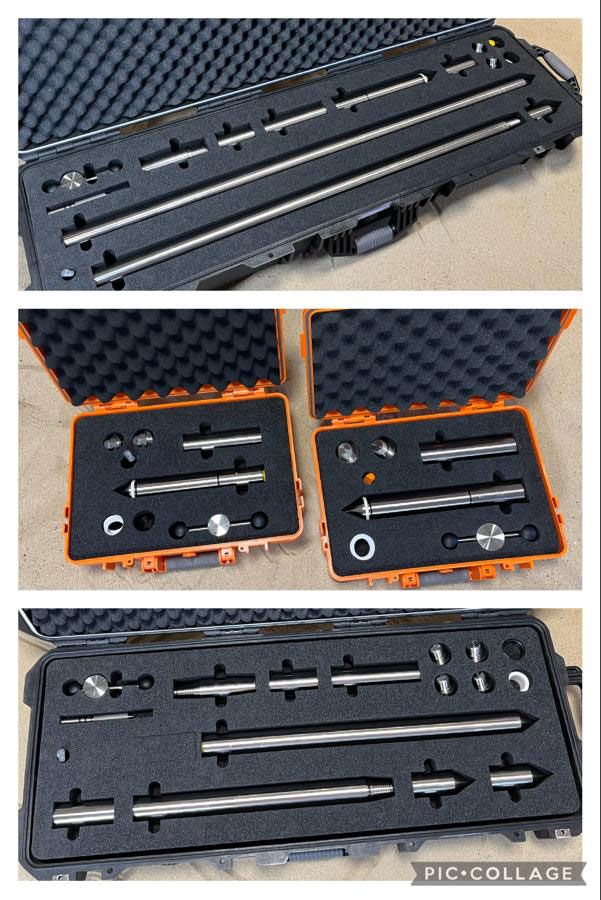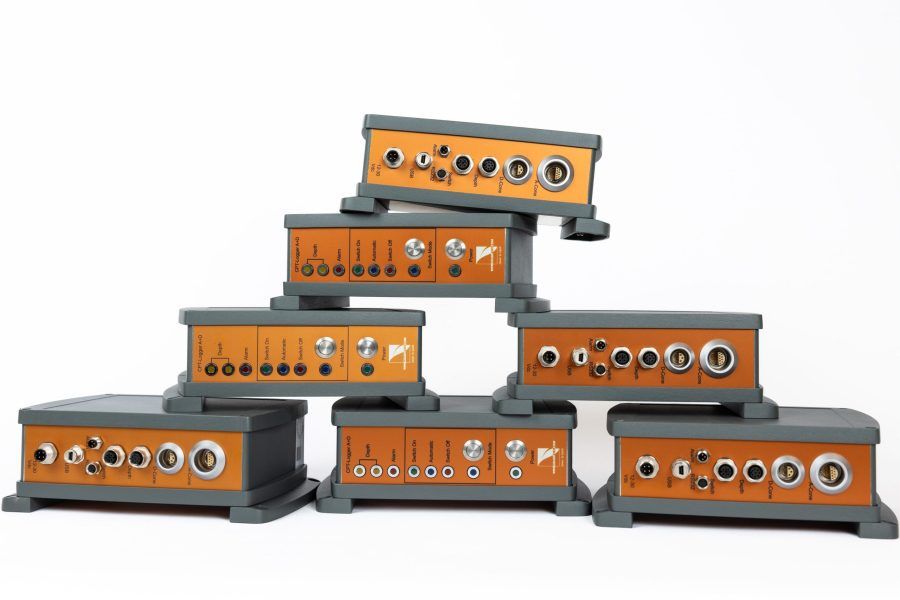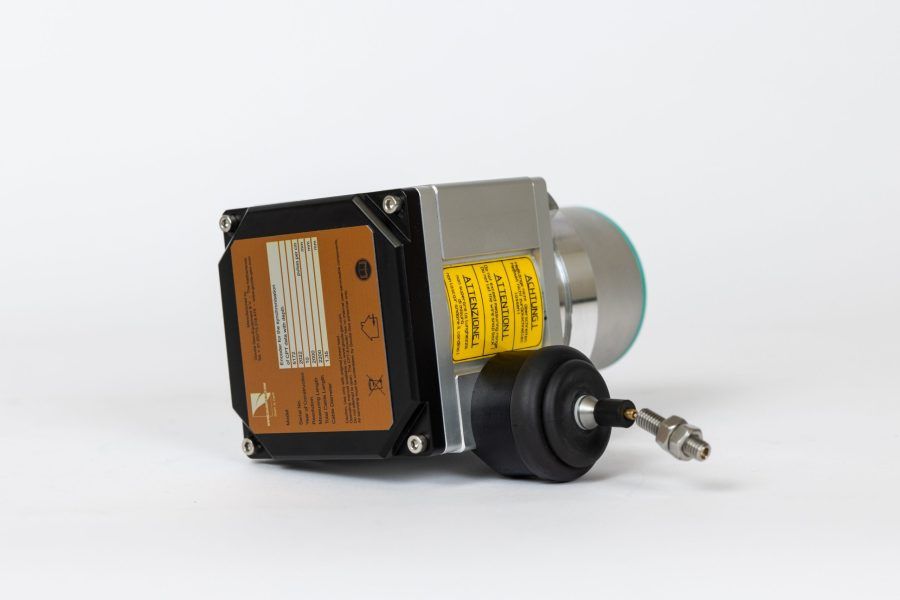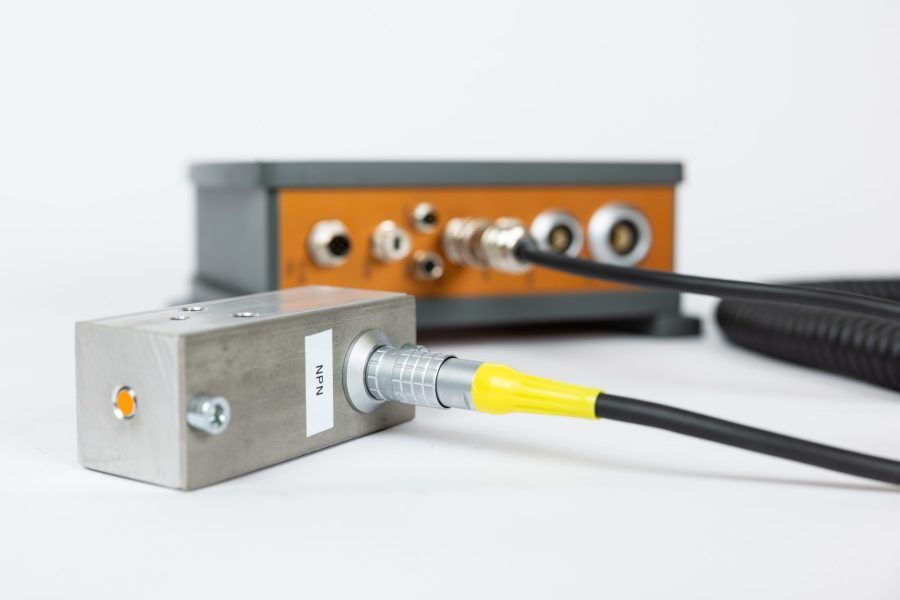Investigation Techniques
Investigation Techniques
The Earth’s magnetic field(the so-called magnetosphere) is homogeneous in signal strength and direction but varies from place to place, for various reasons, such as homogeneity of the rock and the interaction between charged particles from the sun and the magnetosphere.
When a ferromagnetic object enters this homogeneous field, the object’s own field becomes dominant relative to the local magnetic field of the earth, causing a weak disturbance of the magnetic field which can be picked up by a magnetometer. As the distance from the object increases, the disturbance decreases. The degree of disruption depends on several factors. The most important factors are the size and orientation of the object to be detected and the permeability of that object. The larger the object to be detected, the greater the distance at which the object can still be detected.
The Gouda UXO-Equipment Digital Triaxial Magnetometer Module is specially designed to detect magnetic anomalies in the magnetic field created by possible buried or underwater ferromagnetic objects. On average a vertical cylinder with a diameter of approx. 2 meter is measured per probe (sensitivity v/s distance v/s object size). Creating the ideal tool for deep UXO detection in a real-time and non-real-time set-up with our CPT-Explorer software that has the option to upload a “borehole” plan and GPS location registration to structure the data capture and optimize production.
Our magnetometer module is available with a signal Triaxial sensor and a double (differential) Triaxial sensor set-up and can be fitted with either a non-magnetic conical tip only or it can be mounted on top of a P15CFPTuxy electrical pore pressure CPTu cone equipped with special non-magnetic wear parts and a special connector to make the electrical connection between the CPTu cone and the magnetometer module to perform combined CPT’s.
The Gouda UXO-Equipment magnetometer has some major advantages over other systems used to model magnetic anomalies namely:
- In-situ testing is performed without pre-drilling or other field preparation with limited distortion of the soil and surrounding area.
- It simultaneously generates both geotechnical and magnetic data in a single CPT.
- Ware-part can easily be replaced and exchanged in the field by the operators themselves.

The applications for the magnetometer module use are:
- Detecting Unexploded ordnance (UXO/UXBs)
- Determining the depth to which foundation piles are driven
- Determination of sheet pile length
- Determination of the position of sheet pile anchors
- Determining the position of power cables





